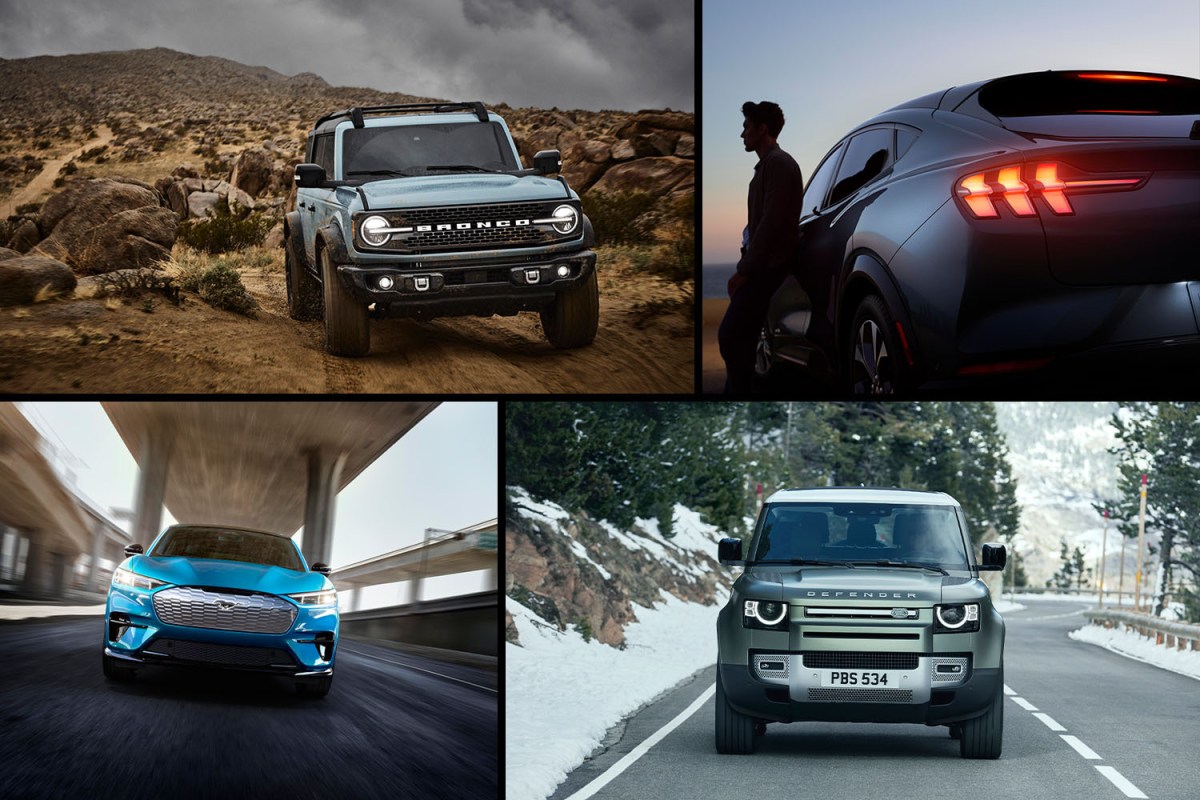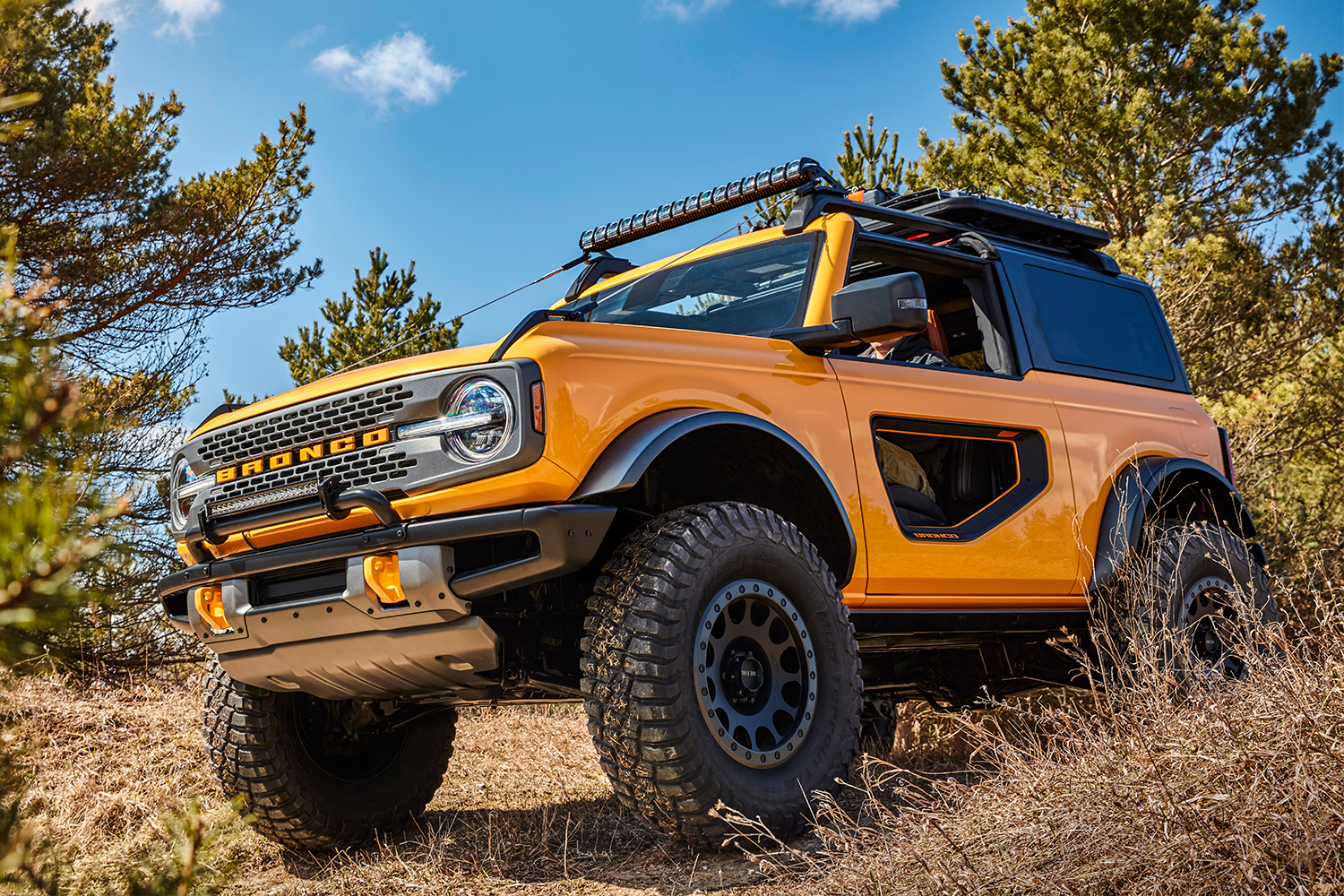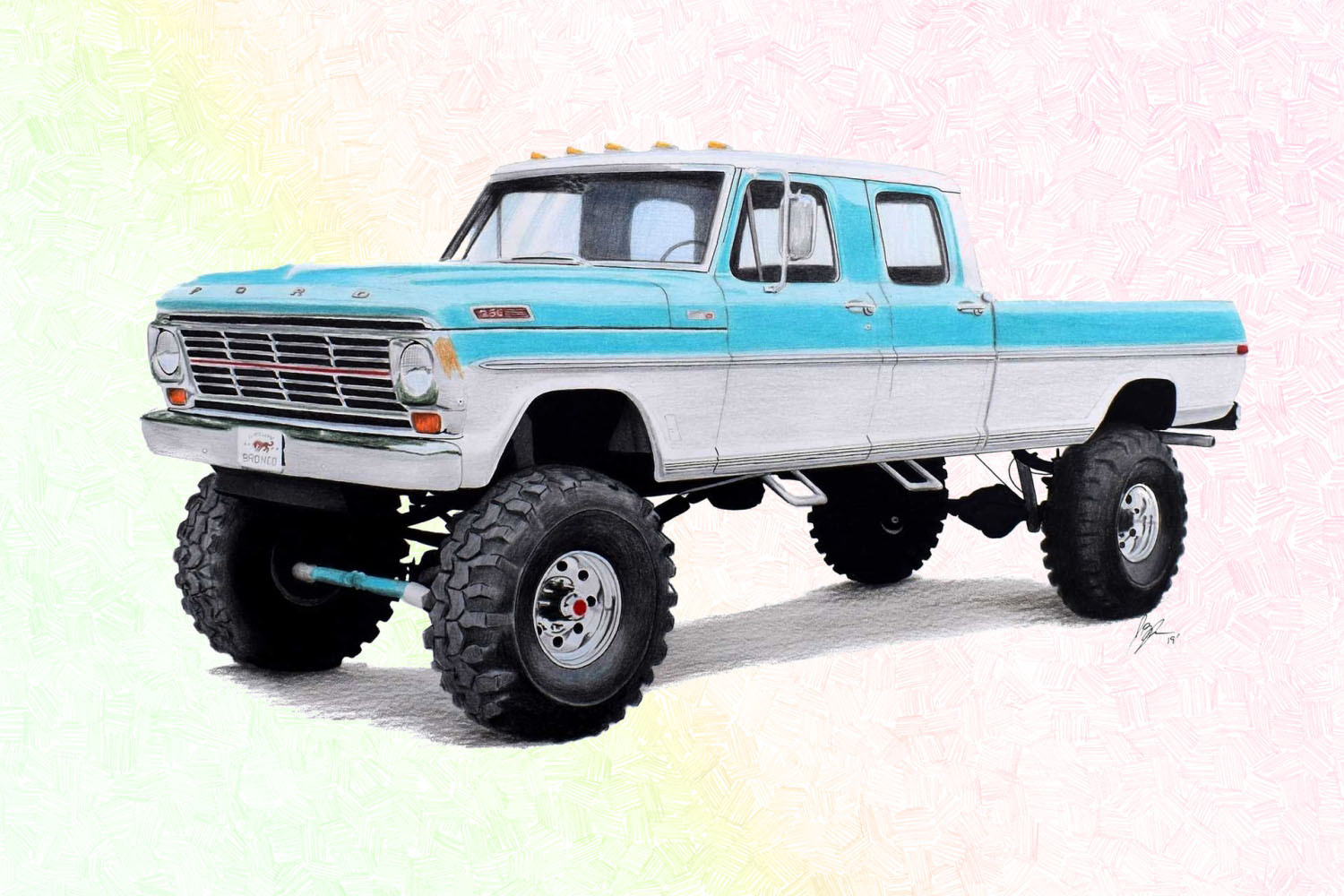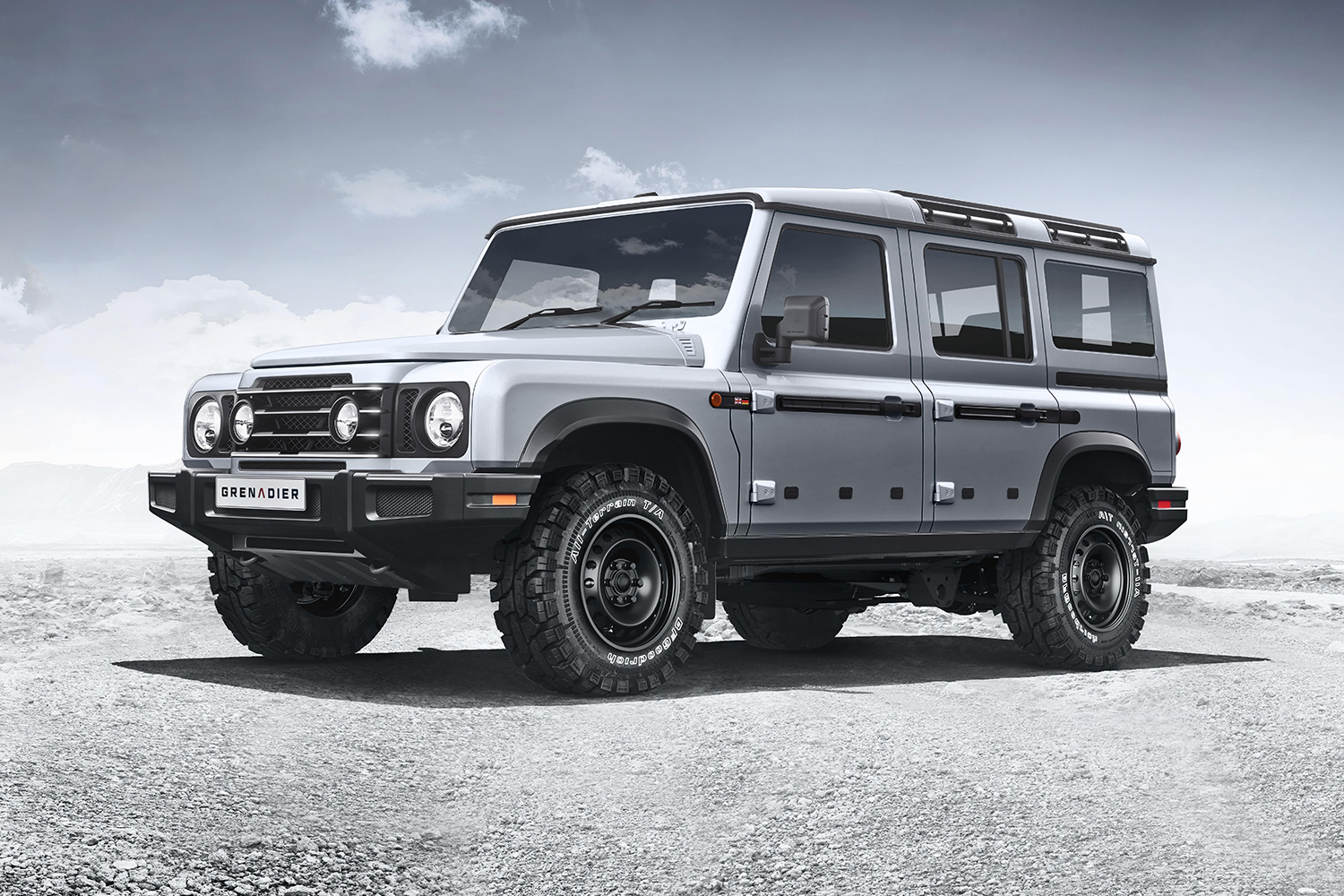Which generation is the most nostalgic? Millennials, of course.
At least, that’s what we’ve been led to believe. Those born between 1981 and 1996 revived everything from records to film photography to the Backstreet Boys, but that yearning for the past has come to be seen as a crutch, lumped in with other derogatory generational attributes that turned “millennial” into a dirty word among older people, particularly baby boomers.
Heads up: This is a fallacy. Boomers are just as susceptible to nostalgia as everyone else. Hell, the most high-profile, nostalgia-based movement in recent memory was led by the older generation (you know the one, about making a certain country great again). And when it comes to pure consumerism, there’s no better proof that boomers are just as easily duped by their own rose-colored view of the past as the resurrected SUV.
In the past year, Land Rover revived the Defender, Ford brought back the Bronco and the Blue Oval also announced its first all-electric SUV would be a Mustang. And would you look at that, these iconic nameplates line up neatly with the 1944 to 1964 range of boomer births, with the Defender tracing its lineage back to 1948, the Mustang to 1964 and the Bronco to 1965.
The issue here has nothing to do with whether these buzzy new cars are good or bad. It has to do with the fact that these vehicles are not what they say they are; and boomers, who automakers are hoping to sell these cash cows to, don’t seem to realize that.
OK, that may be a little disingenuous. I can say this isn’t a Bronco, this isn’t a Defender and this isn’t a Mustang, but the truth is, multi-billion-dollar car companies get to make that call, not me. All I can do is point out the fact that these are marketing gimmicks that lead prospective buyers to do truly insane mental gymnastics to connect the threads across time.
Let’s start with the new Ford Bronco, which many consider a return to form, partly because it retains its boxy look (at least in the non-Sport models), starts at a relatively affordable price point and offers a manual transmission (Car and Driver went so far as to write an article titled “2021 Ford Bronco Gets a Manual Transmission, and We Say Amen”). But that stick shift is in some respects ceremonial, as it’s only offered with the lower-powered, 2.3-liter inline-four engine, while the 2.7-liter V6 gets an automatic only; and the manual isn’t available with the best off-road package, dubbed Sasquatch. To make matters worse, what the publication fails to mention is that the first ever Bronco produced for the 1966 model year got a manual with a six-cylinder engine; although both were obviously less sophisticated, and the 2021 engine has much more horsepower and torque, the fact of the matter is Ford is sprinkling catnip for boomers in the form of a manual, and it’s working.
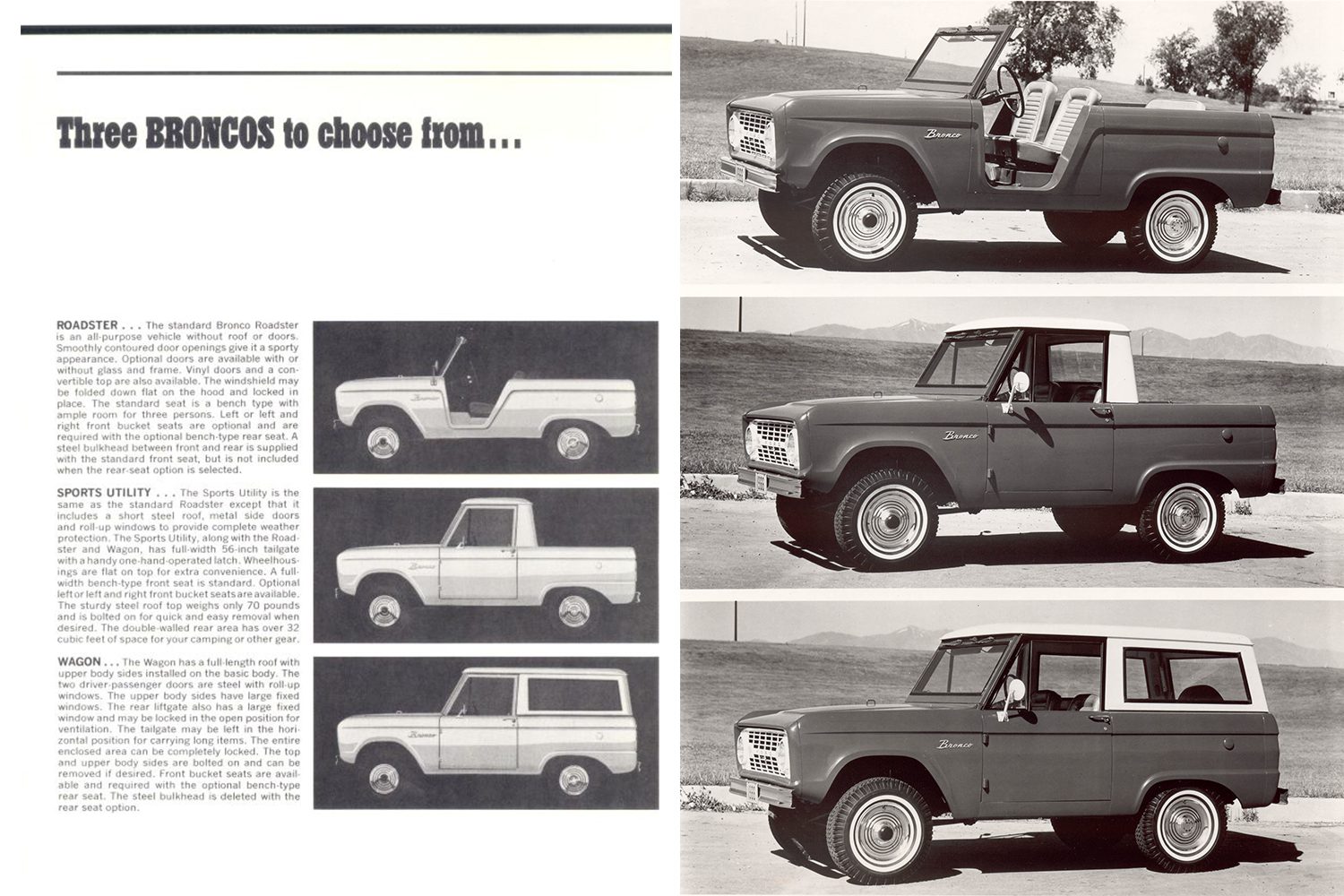
As for the retro look, while Ford has done a spectacular job styling its press images at launch to disguise it with open-top, doorless and kitted-out models, when you get down to it, the new Bronco doesn’t look that different from the new Defender that so many people lambasted. Plus, while the MSRP of the new Bronco starts as low as $26,660 for the Sport model, Ford didn’t put all this work in to sell you a sub-$30K vehicle. As the Wall Street Journal noted this week, the average transaction price for a Jeep Wrangler — Bronco’s main competition — has gone from just $28,579 to $43,746 in just the last 10 years, and once Bronco buyers pick their model, add their macho tires and overdose on accessories, many will find themselves well beyond the affordable ideal that kickstarted the original Bronco.
That’s right, despite the rugged, man’s man vehicle Bronco is remembered as, its original selling point was as a practical car that prized itself on being small. While Ford has made the claim that the Bronco was the first car to use the phrase “sports-utility” vehicle, and has used that as a selling point for the 2021 models, the company conveniently skims over the fact that said phrase described the pickup-truck version of the original Bronco, not the enclosed version most people associate with the nameplate.
As for the Land Rover Defender, one of the things I remember most about the relaunch of that iconic Brit back in 2019 was the online backlash from owners and fans of olders models, particularly the Series, 90 and 110 Land Rovers that preceded the Defender. They criticized the new version as being too homogenized and expensive. One tweet in particular sticks out in my mind: the person who claimed to have owned eight Land Rovers over the years, and said, “That new thing you have produced will be no good for what I do and the prices are insane.”
“What I do” appears to be farming of some sort, and certainly the Defender comes from a long line of utilitarian vehicles used on farms, in the military and for various labor forces. But just in case anyone doesn’t recognize this already, farming isn’t a growing profession in the markets where Land Rover wants to sell SUVs. In fact, according to the Agricultural Census in the U.K., the agricultural workforce has dropped from around 900,000 people in the 1940s when the Land Rover Series launched to fewer than 200,000 in the present day. In other words, Land Rover isn’t concerned with what cattlemen think; they’re concerned with making a top-of-the-line luxury vehicle that can off-road with the best of them, one that actually adheres to modern safety standards, the lack of which got it kicked out of the U.S. market in the first place. (For what it’s worth, in Consumer Reports’ analysis of the new vehicle, the outlet wrote, “The Defender doesn’t have a direct rival, particularly when its off-road capabilities are taken into consideration.”)
As for the Mustang SUV, well, I don’t have to tell you how ridiculous it is to call a crossover a Mustang. Ford needs a hook to sell its hulking crossover to EV skeptics, and they’ve chosen brand association.
Admittedly, this is all a roundabout way of explaining a simple maxim: these all used to be simple machines, but they will never be simple again. The originals were relatively spartan vehicles that people with a little know-how could diagnose and fix on the fly if need be, and their history is tied up in an old-school view of masculinity, with the Mustang prizing speed, the Bronco a sense of adventure and the Defender that wartime resiliency. Now, these are plush, comfy, tech-heavy luxury vehicles with endless options that have been super-sized by the respective automakers in order to maximize profits. The names you know and love have been slapped on because the marques have weighed and measured Americans — especially boomers who hold more than half of the wealth in the U.S. — and found that they’ll pay extra for the nostalgic nomenclature.
“Heritage can be a constraint or it can be an asset, and it all depends on how you approach it,” Director of Ford Icons Dave Pericak said in a promo video for the new Bronco. “So if you want to live in the past then that’s probably going to be a mistake. But if you take that rich history that you have and you leverage it and you go forward with it, then you can have something special, and that’s what the Bronco is doing.”
For automakers forging ahead in the age of both the SUV and coronavirus, where EV startups are more valuable than their global and historical legacies, heritage is an asset insofar as it can reap profits in a volatile world. When boomers pay out the nose for these revived vehicles that they’ve been dreaming about since childhood, they may in fact realize that what they have is special, or they may feel like they’ve been conned into buying a memory.
Either way, what they’ll be driving won’t be anything like they remember, and what does that matter to a car company?
This article was featured in the InsideHook newsletter. Sign up now.
